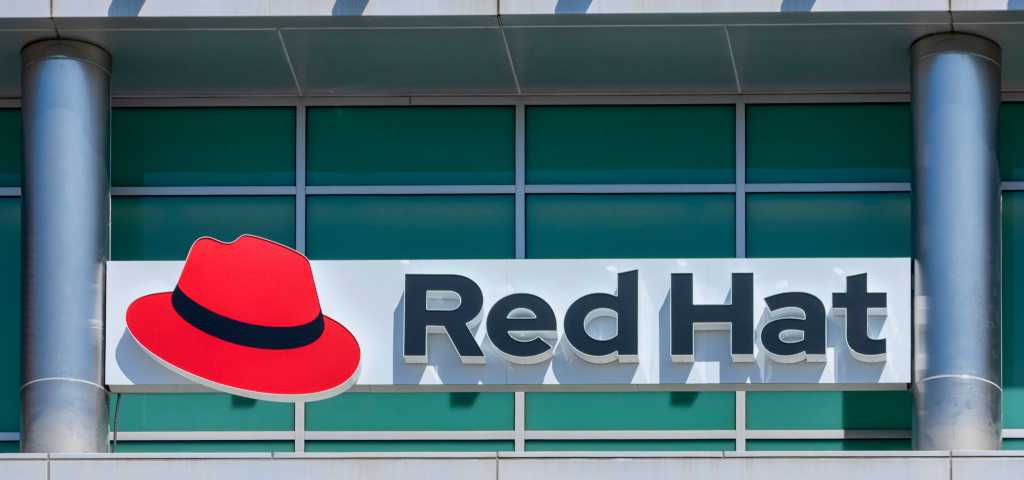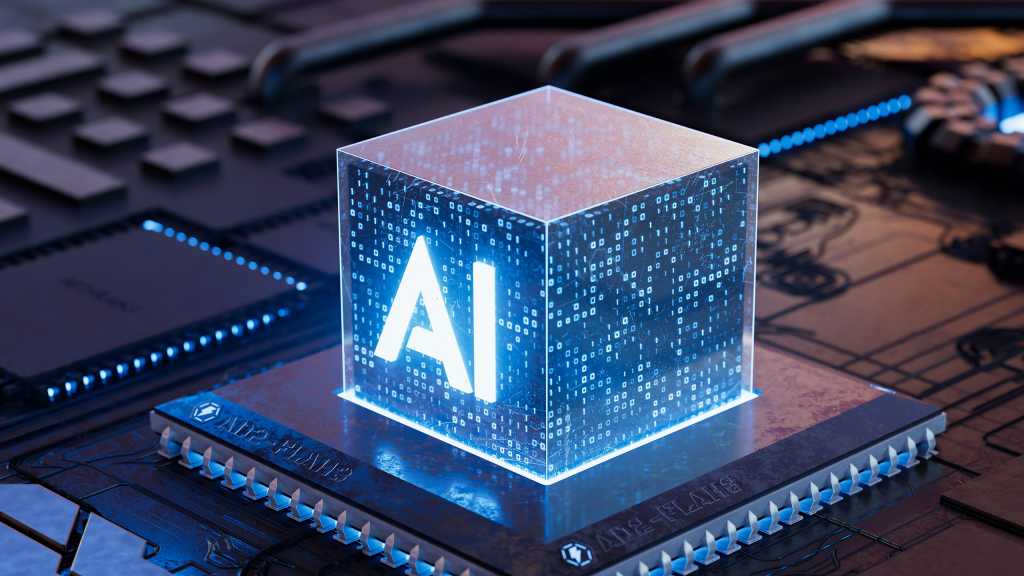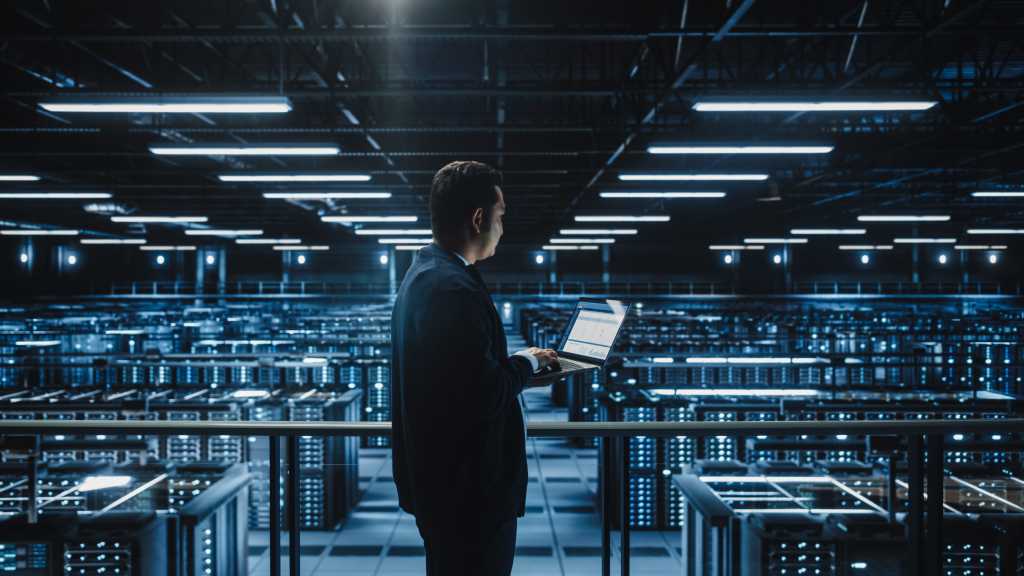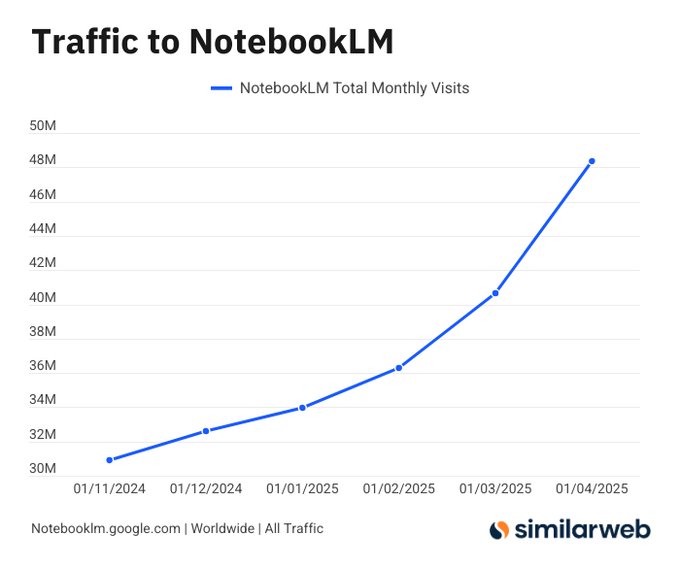The UK may need to build 10 times the capacity of the existing Rough offshore gas storage facility to meet its future hydrogen needs, a Holyrood committee has heard.
Appearing before the Net Zero, Energy and Transport Committee, University of Edinburgh professor Stuart Hazeldine said the UK could effectively need to build “another 20 salt caverns” onshore to provide sufficient hydrogen storage.
It comes after Rough owner Centrica earlier this week warned it may shut down the UK’s largest gas storage facility without additional government support.
Hazeldine made the comments as the Holyrood committee considered the future of the Grangemouth refinery and industrial complex.
Grangemouth refinery owner Petroineos ceased operations at the site earlier this year, leading to the loss of 400 jobs.
A joint UK and Scottish government project, known as Project Willow, has identified up to £13 billion of future investment opportunities at Grangemouth.
These include the production of synthetic fuels, including sustainable aviation fuel (SAF) and e-methanol, as well as opportunities for e-ammonia and fuel switching.
Many of these require hydrogen as part of the production process, which is part of why the Scottish government has said hydrogen is one of Scotland’s “greatest industrial opportunities since oil and gas”.
Grangemouth hydrogen future
But for Grangemouth to produce these fuels, and jobs, the UK and Scotland will need to significantly scale up production of blue and green hydrogen production.
The UK sector is also calling for clarity on the development of hydrogen transport and storage networks.
But Scotland’s hydrogen sector has warned a lack of government support is leading to “disappointing results” from efforts to build up the country’s hydrogen economy.
Asked by the Holyrood committee how the UK can bring down the costs of hydrogen storage, Hazeldine said the country will need to invest in more underground facilities.
 © PA
© PAAt times when wind and solar generation cannot meet the UK’s power demand, Hazeldine said underground storage “looks to be the most economical and low cost”.
“That means creating new salt caverns and trying to reuse existing depleted gas fields,” he said.
“People talk about the Rough gas field, but we actually want about 10 of those Rough gas fields.
“We actually need about another 20 or 30 salt caverns.”
Hazeldine said academic researchers have been looking at future storage options, but he said there has been “no government consensus” on what the UK needs.
“It’s going to take maybe four years to build one salt cavern, and we might want 20 if we’re going to go for a hydrogen system,” he said.
“So we need to be thinking ahead and planning ahead a lot more than we are doing.”
Hydrogen opportunities for Scotland
Professor Hazeldine also told the committee that he is not convinced plans to export green hydrogen from Scotland to Germany via a pipeline is the best course of action.
Hazeldine said Scotland should focus on utilising its hydrogen potential onto “added value products” such as synthetic fuels and e-ammonia.
He said this provides a greater opportunity to “make more money as well as displacing carbon”.
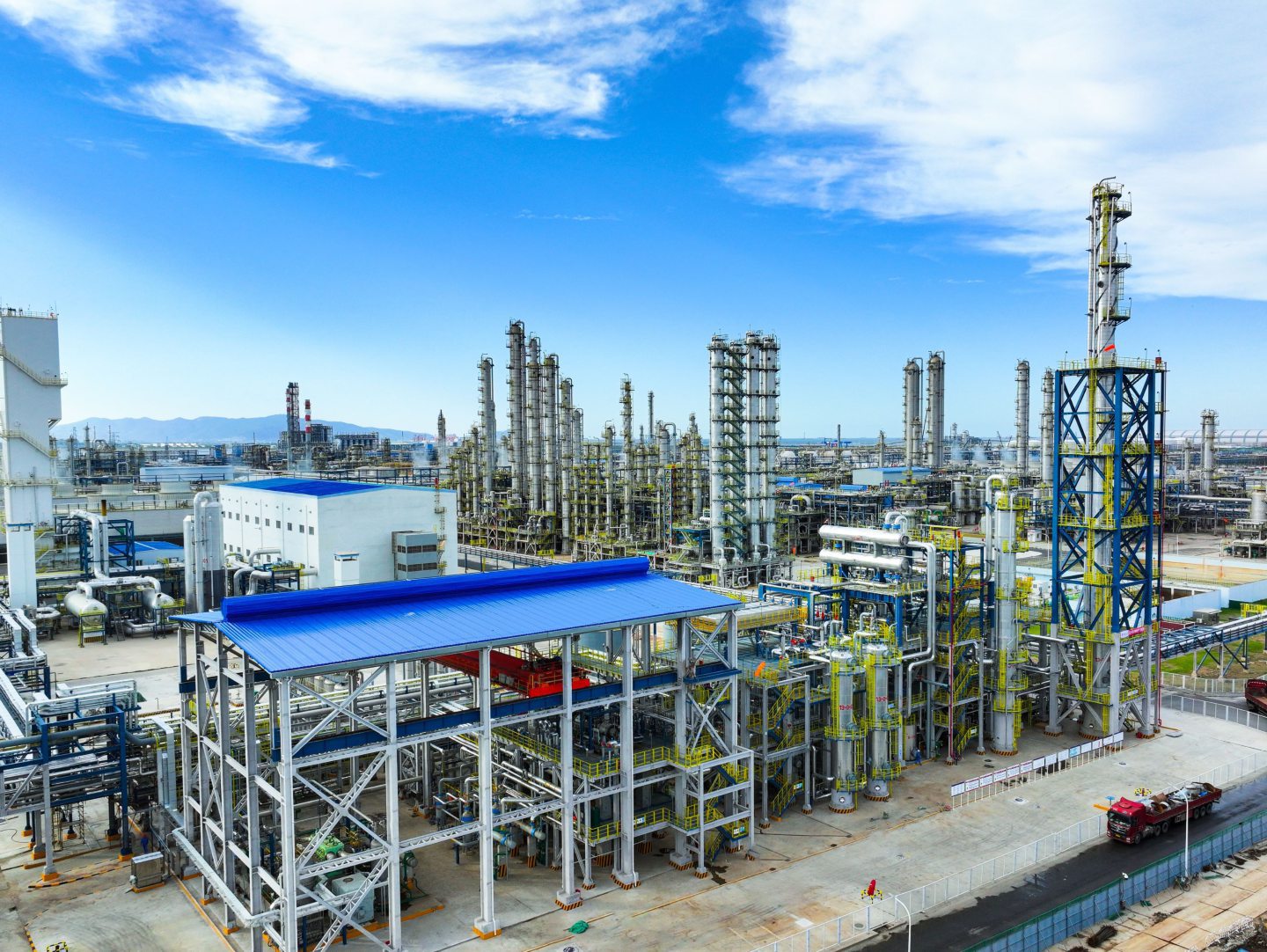 © Supplied by The Carbon Recycling
© Supplied by The Carbon Recycling“I’m not a real fan of building a hydrogen pipeline from [Scotland] to Germany, because that’s just selling the stuff as fast as we can make it,” he said.
“We can do much better value creation than that rather than selling it as a commodity.
Hazeldine said Scotland should focus on the areas “where we can make a sensible impact” and take a strategic approach centred on “where we want to be in 10 to 20 years’ time”.
UK hydrogen storage
Hydrogen storage is a crucial factor in the government’s efforts to develop a hydrogen fuel economy as part of its UK net zero ambitions.
A report by the Royal Society estimated the UK could need as much as 100TWH of hydrogen capacity by 2050.
While hydrogen can be safely stored in rock salt caverns, and there are five such existing facilities in the UK, there are no onshore salt deposits located within Scotland.
As a result, Hazeldine said the UK will need a hydrogen pipeline network connecting Scotland to industrial centres in Teesside, the Humber and the north west of England.
To create more storage capacity, some studies have proposed using Scotland’s depleted onshore and offshore gas fields for hydrogen stores, including the Rough field.
Centrica initially shut down Rough in 2017, but reopened the offshore facility in the wake of Russia’s invasion of Ukraine in 2022.
The company has advocated for additional support from the UK government to keep Rough open as it explores converting the field for hydrogen storage.
However, researchers at the University of Aberdeen have raised concerns about the viability of using depleted reservoirs, such as Rough, for hydrogen storage.




